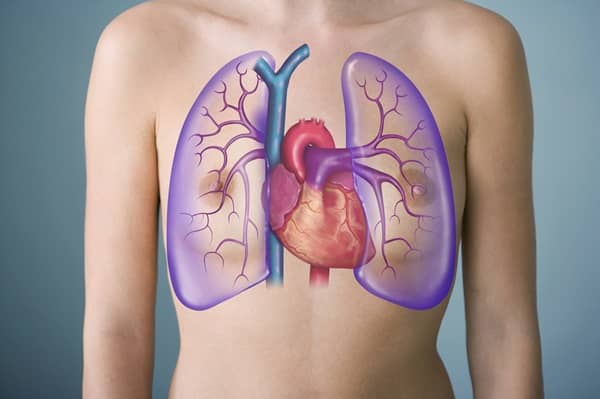One of the most revolutionary advances in contemporary medicine is organ transplantation, which can provide patients such as those with terminal lung or heart illness with a lifeline. Heart and lung transplants are complicated therapies, requiring advanced technology and specialist knowledge. Leading expert in organ transplantation and congenital heart disease, Dr. Andrew James Lodge, offers perspectives on the developing field and the bright future of lung and heart transplantation.
Rising demand and the organ shortage crisis
The rise in heart and lung transplants in recent years can be attributed to better patient outcomes and improvements in surgical procedures. Over 4,100 heart transplants and almost 2,700 lung transplants were carried out in the United States in 2022, according to the United Network for Organ Sharing (UNOS), a considerable rise over the decade before. The organ scarcity is still a major problem in spite of these advancements. Every year, thousands of patients are added to the waiting list; some of them must wait months or even years to find a suitable donor.
“The need for donor organs far exceeds availability,” Dr. Lodge explains. “That’s one of the biggest hurdles we face in transplantation today. Technology and innovation are key to addressing this problem and improving patient outcomes.”
Game-changing advances in organ preservation
One of the most significant advancements in organ transplantation is the use of ex vivo lung perfusion (EVLP). Similar technologies are evolving for heart preservation. These systems allow donor organs to be maintained and evaluated outside the body, extending the preservation window and improving organ quality.
“Traditionally, hearts and lungs were to be transplanted in a very short time frame,” explains Dr. Lodge. “With advanced preservation technology, we have more time to get organs to patients, thereby helping us to transplant more people.”
Studies have shown that EVLP can increase lung utilization rate by up to 30%, raising hope for those patients who might not have received a donor match. This technology will likely expand and evolve in the coming years.
The role of mechanical support devices
Ventricular assist devices (VADs) and extracorporeal membrane oxygenation (ECMO) are increasingly used as temporary devices of support for patients with end-stage heart failure as they await a transplant. These devices are now vital in the management of modern cardiac patients, preventing deaths and allowing for stabilization until a donor organ becomes available.
“Some of these devices are not intended for long-term use, but they can save lives,” cautions Dr. Lodge. “In time, it will be possible to develop more sophisticated mechanical support systems that might join the menu with other permanent options that can serve particular patients.”
Personalised medicine and reducing complications
Another major shift in transplantation is the growing focus on personalised medicine, where treatments are tailored to the genetic and biological profile of each patient. Advances in genomics are helping physicians predict which patients are most likely to experience organ rejection and adjust immunosuppressive therapy accordingly.
“Every patient’s immune response is unique,” says Dr. Lodge. “By understanding these differences, we may be able to customize treatment plans and reduce the risk of rejection, which is a major cause of complications after transplantation.”
Efforts are also underway to develop more targeted immunosuppressive therapies, which could minimize side effects and improve long-term outcomes for transplant recipients.
Expanding access to transplantation worldwide
Beyond his work, Dr. Lodge is committed to furthering the availability of life-saving cardiac surgery in underserved countries. He has guided several medical missions providing heart surgery to children in regions where advanced medical care is relatively unavailable.
“There is a great challenge of global disparity regarding access to care,” stresses Dr. Lodge. “In many parts of the world, children with congenital heart defects or heart failure do not get the treatments that are available to them: collaboration and education are vital to making a difference.”
Organizations like CardioStart International have made progress in bringing life-saving surgery to underserved regions, but the need remains urgent.
Looking to the future
Heart and lung transplantation will have promising futures because of evolving technology and worldwide collaboration. Targeting organ preservation, personalized medicine, and mechanical support devices will likely improve patient outcomes. Once this is secured, expanded global access to transplantation can sustain many lives.
“It’s an exciting time to be in this field,” says Dr. Lodge. “Every day, we learn something new and push the boundaries of what’s possible. Our ultimate goal is to ensure that every patient has access to the best care and the best chance for a healthy future.”
As we look ahead, the insights and expertise of leaders like Dr. Lodge will be crucial in shaping the future of transplantation, ensuring that innovation and compassion remain at the heart of every advancement.

